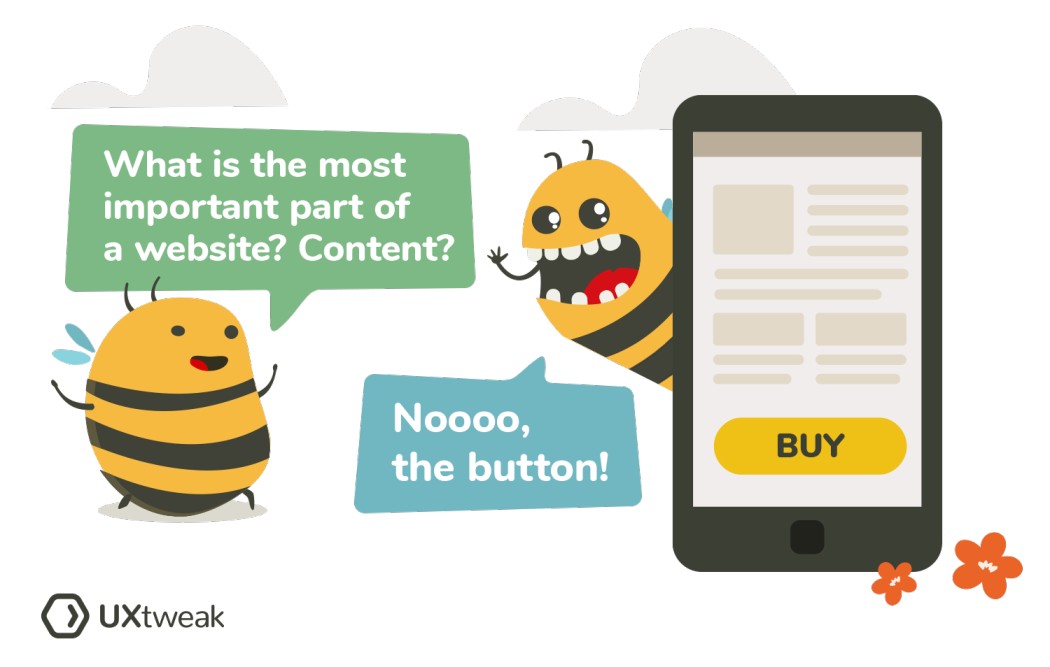Why should you use skeuomorphism?
Skeuomorphism can offer several benefits:
- Familiarity and Learnability: By leveraging familiar real-world design elements, skeuomorphic interfaces can provide users with a sense of familiarity and make it easier for them to understand and interact with the digital product.
- Emotional Connection: Skeuomorphic designs can evoke a sense of nostalgia or emotional connection by referencing objects or materials that users are familiar with, enhancing the overall user experience.
- Intuitive Interactions: Mimicking the appearance or behavior of physical objects can make interactions more intuitive, as users can rely on their existing knowledge and mental models of how those objects work.
- Bridging the Gap: Skeuomorphic design can bridge the gap between physical and digital experiences, helping users transition more seamlessly between the two realms.
What are the disadvantages of skeuomorphism?
Skeuomorphism offers familiarity and intuitive interactions. However, it also has disadvantages:
- It can cause visual clutter, limiting overall flexibility.
- It may increase cognitive load on users.
- Users could face inconsistent experiences.
- It may not match current design trends.
Designers should weigh these drawbacks against possible benefits. Decisions should carefully consider the user experience.
What is the difference between skeuomorphism and flat design?
Skeuomorphism and flat design represent two contrasting design approaches:
- Skeuomorphism: Skeuomorphic design incorporates realistic textures, gradients, and visual cues that mimic real-world objects or materials. It aims to create a visually rich and detailed user interface that closely resembles physical counterparts.
- Flat Design: Flat design, on the other hand, embraces simplicity and minimalism. It avoids realistic textures, gradients, and shadows, opting for clean and simple visuals with bold colors, crisp typography, and flat icons. It focuses on clarity, legibility, and a modern aesthetic.
How to design with skeuomorphism?
To design with skeuomorphism, consider the following steps:
- Research and Understand the Context: Familiarize yourself with the target audience, their preferences, and the specific product or industry context to identify suitable design elements and metaphors.
- Select Appropriate Visual Cues: Determine which real-world objects or materials can be used as design references to create a sense of familiarity and provide visual cues for users.
- Adapt to Digital Constraints: While skeuomorphism incorporates real-world elements, it is essential to adapt them to fit within the digital environment. Balance realism with usability and ensure that the design remains functional and accessible.
- Test and Iterate: Conduct usability testing and gather feedback to validate the effectiveness of the skeuomorphic design. Iterate and refine the design based on gathered insights.
FAQ
An example of skeuomorphism is the design of digital note-taking apps that mimic the appearance of physical notebooks, complete with textured backgrounds, page flipping animations, and virtual lined paper. The intention is to create a sense of familiarity and provide a visual representation that resembles the experience of using a traditional notebook.
Alternatives to skeuomorphism include flat design, material design, and other minimalist design approaches. These design styles prioritize simplicity, clarity, and abstraction rather than emulating real-world objects. They often focus on typography, iconography, and clear visual hierarchy to communicate information effectively while maintaining a modern and clean aesthetic.
Skeuomorphism does not inherently improve accessibility. While it may provide familiarity for some users, it can also introduce visual clutter and cognitive load, which can be challenging for individuals with certain disabilities. Designers should carefully consider accessibility guidelines and ensure that the skeuomorphic elements used do not compromise the overall accessibility and usability of the product.






